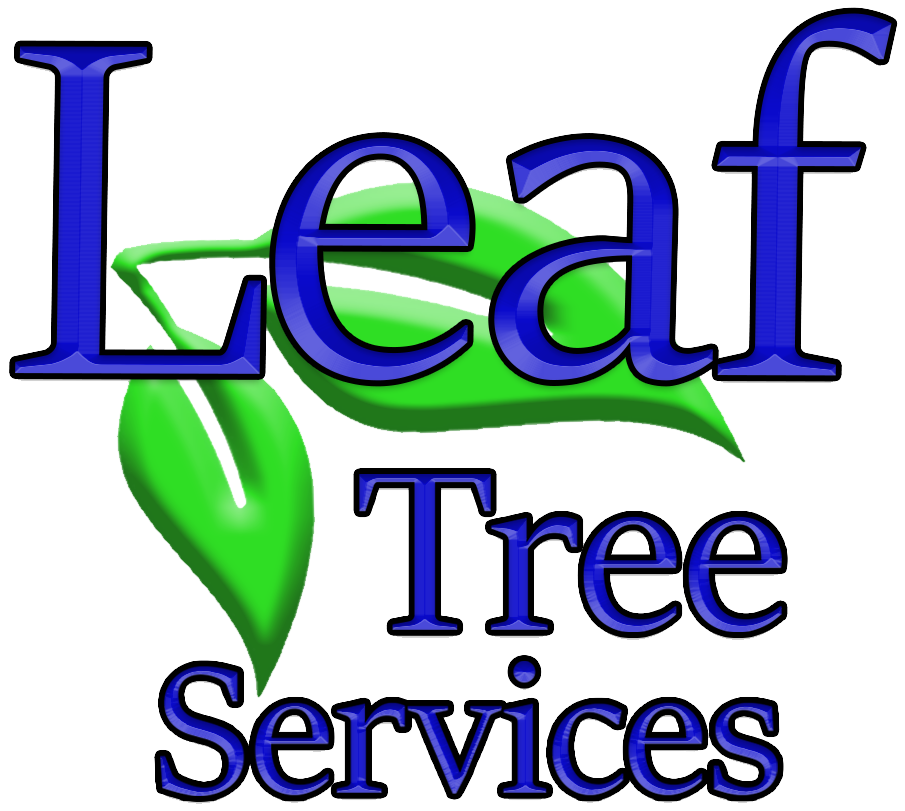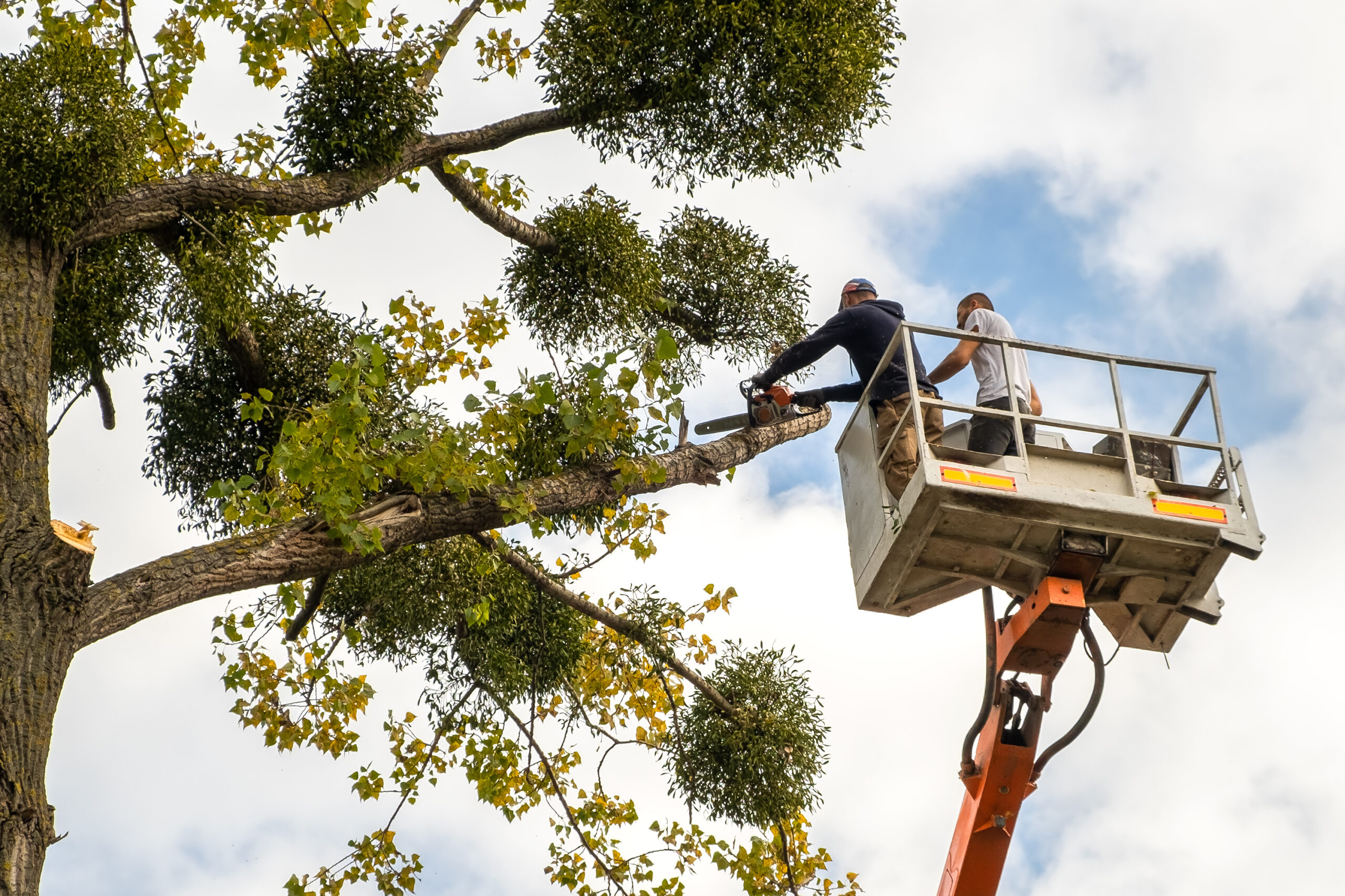Tree care can help maintain trees with damaged bark
Tree care in Round Rock and Austin TX can help treat trees with damaged bark. Trees are invaluable assets, providing us with shade, oxygen, and beauty. However, they are susceptible to damage, particularly to their bark, which serves as their protective outer layer. Damaged bark not only compromises the tree’s health but also leaves it vulnerable to diseases, pests, and decay. Understanding how to treat damaged bark is crucial for maintaining the health and longevity of trees in our landscapes. In this article, we will explore the top tips for treating damaged bark on trees.
1. Identifying Types of Bark Damage
Before delving into treatment methods, it’s essential to recognize the different types of bark damage:
- Mechanical Damage: This includes wounds caused by lawnmowers, trimmers, or accidental impacts from vehicles or equipment.
- Animal Damage: Bark can be stripped or chewed by animals such as deer, rabbits, or rodents, particularly during winter when food is scarce.
- Insect Damage: Insects like borers, beetles, and caterpillars can bore into the bark, creating tunnels and weakening the tree’s structure.
- Disease-Related Damage: Fungal infections, bacterial diseases, and other pathogens can cause lesions, cankers, or discoloration on the bark.
- Environmental Damage: Extreme weather conditions, such as frost, sunscald, or windburn, can injure the bark, leading to cracks or splits.
2. Importance of Prompt Action
Addressing damaged bark promptly is crucial for the tree’s recovery. Leaving wounds untreated can invite pests and pathogens, exacerbating the problem and potentially leading to the tree’s decline or death. Therefore, once damage is noticed, immediate action is recommended to mitigate further harm and promote healing.
3. Avoiding Common Mistakes
Before discussing treatment options, it’s essential to highlight some common mistakes to avoid when dealing with damaged bark:
- Over pruning: While pruning may be necessary to remove damaged branches, excessive or improper pruning can further stress the tree and impede its ability to heal.
- Using Harmful Chemicals: Avoid applying harsh chemicals or sealants to the wound, as they can interfere with the tree’s natural healing process and may even cause more harm than good.
- Ignoring Signs of Infection: Be vigilant for signs of infection, such as oozing sap, foul odors, or unusual discoloration, and take appropriate action if infection is suspected.
4. Consulting a Professional
In cases of severe or extensive bark damage, it’s advisable to seek assistance from a certified arborist or tree care professional. They can assess the extent of the damage, provide expert advice, and perform any necessary treatments with precision and care.
Effective Treatment Methods for Damaged Bark
We’ve discussed the importance of identifying and understanding the various types of bark damage, as well as the significance of prompt action and avoiding common mistakes. Now, let’s delve into effective treatment methods for addressing damaged bark on trees.
- Clean and Prune
The first step in treating damaged bark is to clean the affected area and remove any loose or jagged edges. Use a sharp, clean pruning tool to carefully trim away damaged or dead bark, taking care not to further injure the tree. Trim back any broken or torn branches to promote healing and prevent the spread of decay.
- Promote Healing
After cleaning and pruning, the next step is to promote healing and protect the exposed bark. Consider applying a wound dressing or sealant specifically designed for trees to create a barrier against moisture loss and pathogens. Be sure to follow the manufacturer’s instructions and avoid using petroleum-based products, as they can trap moisture and hinder healing.
- Provide Proper Care
In addition to treating the damaged bark directly, providing proper care and maintenance can help support the tree’s recovery. Ensure the tree receives adequate water, especially during dry periods, to prevent stress and dehydration. Mulching around the base of the tree can also help retain moisture and regulate soil temperature.
- Monitor for Signs of Improvement
After implementing treatment measures, monitor the tree closely for signs of improvement or worsening. Look for new growth, healthy foliage, and signs of healing around the damaged area. Conversely, be alert for any signs of infection or decline, such as wilting leaves, dieback, or unusual swelling.
- Consider Professional Intervention
If the damage is extensive or if infection is suspected, it may be necessary to enlist the help of a certified arborist or tree care professional. They can provide specialized treatments, such as injections or systemic pesticides, to combat pests and diseases effectively. Additionally, they can offer expert advice on long-term care strategies to promote the tree’s recovery and vitality.
- Encourage Natural Healing Processes
In addition to direct treatment methods, encouraging the tree’s natural healing processes can aid in its recovery. Providing optimal growing conditions, such as sufficient sunlight, proper soil drainage, and adequate nutrients, can bolster the tree’s immune system and promote tissue regeneration. Furthermore, fostering a diverse ecosystem around the tree, including beneficial insects and native plants, can help reduce stress and enhance its resilience to future damage. By working with nature’s inherent processes, we can support the tree’s ability to heal and thrive in its environment.
In conclusion, treating damaged bark on trees requires a combination of vigilance, proper technique, and timely intervention. By understanding the types of bark damage, taking prompt action, and employing effective treatment methods, we can help ensure the health and longevity of our valuable tree assets. Remember to always prioritize the well-being of the tree and consult with professionals when needed to achieve the best possible outcomes.
Hire the best tree care in Round Rock and Austin TX
Leaf Tree Services is your locally owned professional tree service with certified arborists for residential and commercial customers in Round Rock, Austin, and surrounding Central Texas areas. You can trust your trees to us. Contact us today to schedule a consultation, at 512-670-6766.


